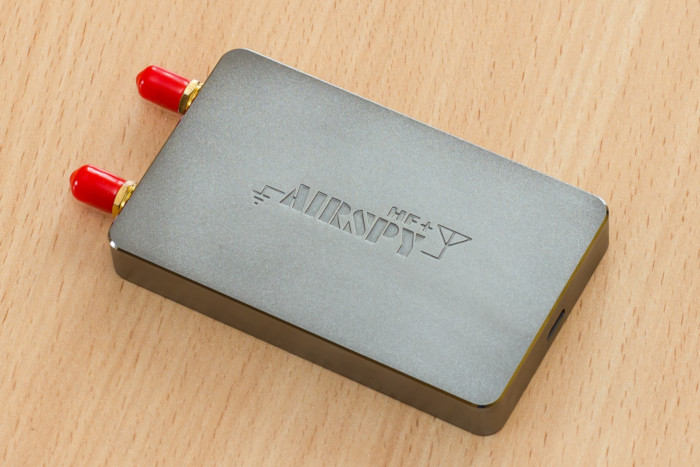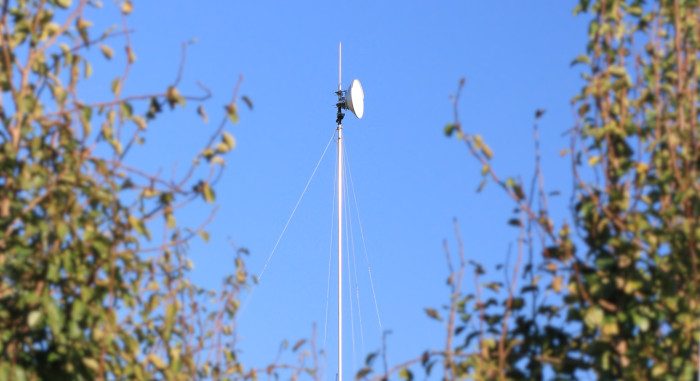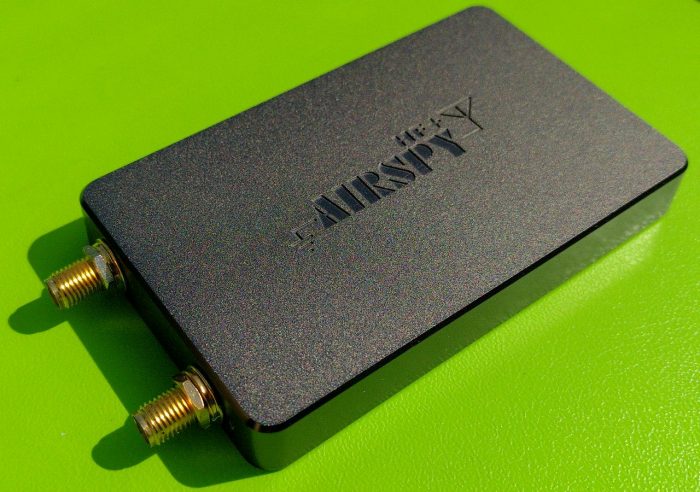Ten wpis jest dostępny także w języku polskim: Poranek na Dylewskiej Górze
On Thursday, August 16, 2018, our team visited Dylewska Góra. The trip was somewhat spontaneous, although we have been considering it for a long time. Weather forecasts looked good, so in the evening of the day before we decided to visit this remarkably interesting place in the Warmian-Masurian Voivodeship, Poland.
Dylewska Góra is the highest hill of Wzgórza Dylewskie and of the entire north-eastern Poland. The peak with an elevation of 312 m ASL is located in Wysoka Wieś, south of Ostróda. There are three interesting objects there:
- the radio tower Ostróda – Dylewska Góra (Emitel),
- concrete observation tower,
- wooden lookout tower.
Nearby, one can also notice some residential buildings and farmlands.

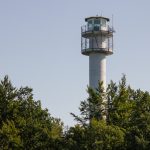
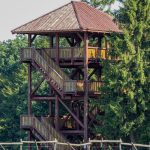
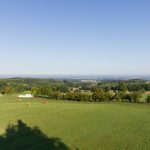
Unfortunately, the 37-meter high concrete observation tower is not available to tourists. The alternative wooden tower is much lower and does not provide a full view around the hill, because the eastern view is obstructed by tall trees. Access by car is possible to the very end. In the immediate vicinity of the tower there is no place to park though. An undoubted advantage is the possibility of getting there at any time of day or night, as the entrance to the wooden tower is free and available to everyone. It was very important for us, because we wanted to catch the morning inversion that extends the standard radio range in some way…
We took some equipment for 5 GHz, including:
- parabolic dish antenna UltraDish TP 550 (27,5 dBi) with RB911G-5HPnD radio,
- panel antenna Routerboard QRT5 (24 dBi) also with RB911G-5HPnD,
- tripod, laptops, cables, batteries… and of course the camera.



